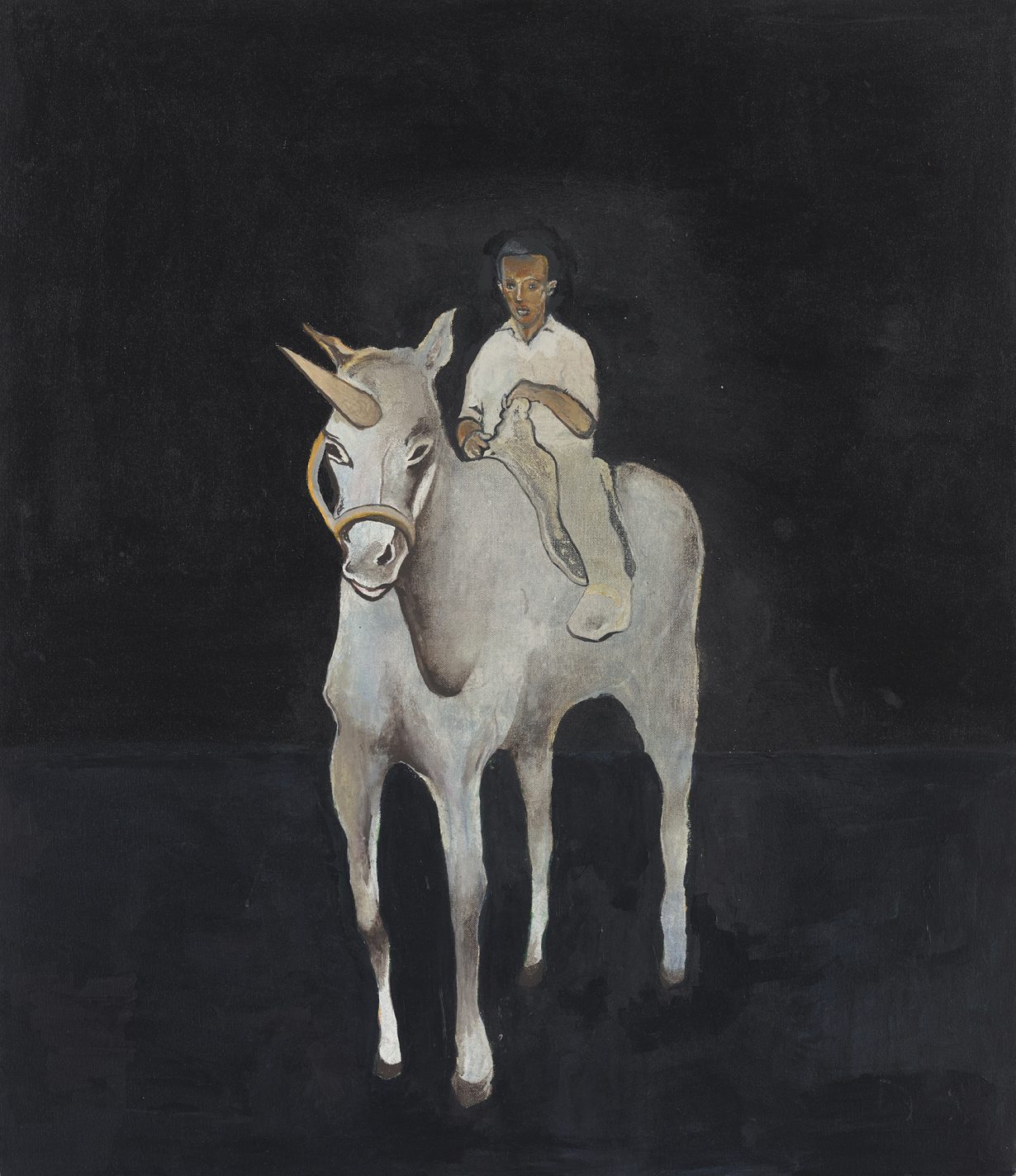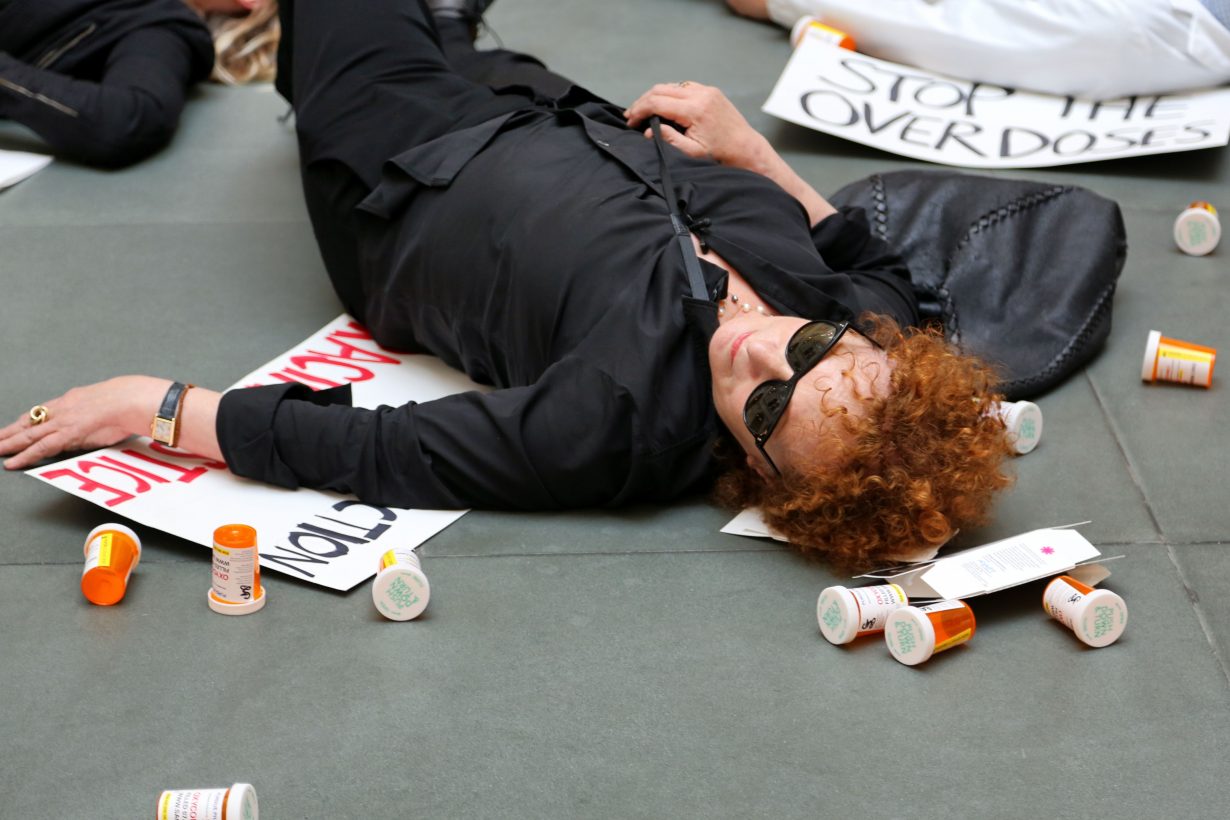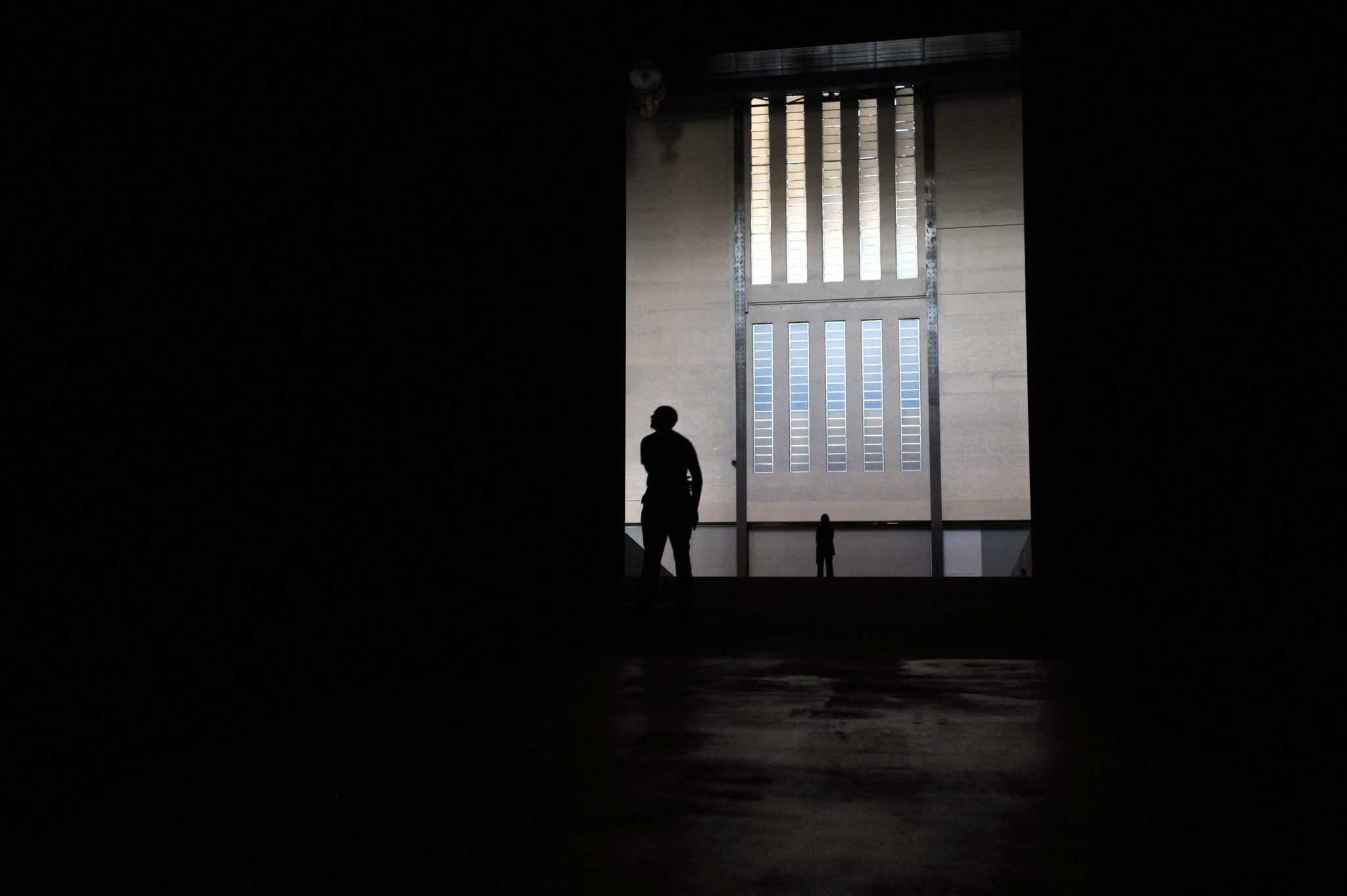We have arrived in a censorious age where an artist’s tragic backstory and politics matter more than the art itself. Welcome to the tyranny of context
My friend winced. He’d asked for my thoughts on a recent exhibition of abstract paintings and I told him the truth: I found the show heinous. It was wall-to-wall brain-petrifying, gentle, zombie abstraction; the kind of painting that has been the art market’s dominant currency for decades. It was swishy-swashy, wishy-washy, hyperdecorative meaninglessness, all swooping, messy globs of primary colours, as inoffensive as it was bland. One step removed from wallpaper. Work that deserves to be forgotten. “You can’t say that,” he said. “Not after what they’ve been through.” It turns out the artist had survived tragedy, or hardship, or pain, or trauma; the specifics don’t matter, what matters is that they had been through some serious shit. The hardship didn’t even figure in the work, but the artist’s experience – their context – apparently elevated the work itself beyond criticism.
This deadening attitude is everywhere. Over the last decade there has been a tangible shift – on the part of museums, galleries and curators, but also critics and even general audiences – away from prioritising the idea behind an artwork and towards focusing on the political, experiential and emotional context behind an artwork. In the face of centuries of systemic discrimination, delineated by class, gender and race, a new generation has spent years pushing so hard to elevate an identitarian approach to art- and exhibition-making that the artist’s backstory has been given more power, weight and importance than any other aspect of the actual art. How do you even begin to say something is flawed, or even bad, if it’s about slavery, the Holocaust or the opioid crisis? Or if the artist has endured personal tragedy? These conditions have engendered a self-perpetuating form of self-censorship on the part of those who view and care about art, a newly ingrained defence mechanism against criticism.
Contemporary artists are now under pressure to conform to the moral imperatives of our time, leveraging their own identity, and even their own trauma, in their work. Increasingly, artworks are lauded for their political qualities over their aesthetic ones, primarily as those on the left of the political spectrum see art as a way of aligning themselves with a set of ideals: you surely can’t be racist if you believe a Black figurative artist to be the best painter of their generation, while to suggest their work might not be that good is taken as a statement of opposition to what the artist’s success in the face of adversity stands for on a grander scale. Meanwhile, museums repackage the work of dead artists to fit the narrative most likely to get punters through the door, like the recent survey of the paintings of Noah Davis at the Barbican in London, where the centring of the artist’s death from a rare cancer at the age of thirty-two left little room for debate over the quality of his work.

I get it: we live in an era of intense political division, where broad strokes matter more than nuance. But this isn’t just about politics: it’s about pain; it’s about gallerists, curators and artists trading on tragedy. The publishing industry is no better, where a brief look at today’s bestsellers might suggest that the only way to get a book commissioned is to sell out the marginalisation of your heritage, your family or yourself.
This creates what I call the tyranny of context. We’ve ushered in a kind of figurative moralism, where to agree with an artwork’s politics and empathise with the artist’s circumstances is to be good, while to question or even merely overlook this personal context is to be bad. It is not a meaningful way of engaging with art; it’s a self-centred, self-aggrandising, self-defensive way of using art to tell the world you’re not a bad person.
Don’t get me wrong: context matters. Great contemporary artworks balance context, concept and execution, and bad ones end up pushing harder on just one element to make up for a deficit in the other two. A really good idea with no context and poor execution? Bad art. A brilliantly executed painting without a strong idea or interesting contextual background? Bad art. But you can get away with context over concept and execution because it’s much more difficult for a viewer to say ‘This is bad’ about an artwork when it has good political intentions or a sad backstory.
A few years ago, I made a flippant comment on social media about an out-of-focus, wonky photograph of the sea by Nan Goldin, which led to a torrent of angry feedback from a photography writer in the DMs. Their defence of the photo focused on the fact that Goldin had suffered from opioid addiction during the period in which it was taken. Apparently I had an obligation to be positive about images born of tragedy. I don’t believe Nan Goldin’s incredible fight against the opioid crisis over the last eight years means that all her work is great. Nor do I believe that Goldin herself would view her work as beyond criticism. But my distaste for one work was interpreted as a moral failing, and even a sign of my supposed lack of support for Goldin’s P.A.I.N. campaign against Purdue Pharma and the Sackler family.

I’ve been guilty of that knee-jerk approach to morality, too. Miroslaw Balka’s mining of the Holocaust throughout his career absolutely rips me apart every time. Works like How It Is (2009), a vast black box he placed in Tate Modern’s Turbine Hall that subsumed visitors in complete darkness, go straight to the heart, and straight to the tear ducts, because I have personal, familial, painful skin in the game. I lapped up his show at the Freud Museum in 2014, with its huge wooden boxes, inspired by a letter from an SS officer to the commissioner of the Warsaw Ghetto to request new materials for the concentration camp at Treblinka. But it has stuck with me in the years since not because it was a genuinely moving exploration of historical horrors, but because it revealed how my own emotional involvement in a subject could blind me to an artist’s cheap, even lazy reliance on heartstring-tugging misery.
Perhaps that kind of extreme and immediate emotional involvement is exactly what art should be about, and we should celebrate it for that. But by putting context, politics, background and narrative above everything else, we’re left only with activism and sad stories – and not necessarily good art. Of all the perceived threats to the existence of art criticism, in the age of AI slop, tech-billionaire media-barons and the death of print, this is one of the realest. If we can’t express genuine, subjective viewpoints about the quality of a piece of art without being called a bigot, we’re telling artists that selling their trauma is more valuable than the work itself.
You might be thinking, ‘Oh boohoo, the white art critic is annoyed because he can’t say mean things about art by people from disadvantaged backgrounds’. But this isn’t just a tough bind for critics, it’s an affront to anyone who looks at art and thinks thoughts. It’s a world where every artist has suffered untold tragedy and misfortune, every artist is the victim of systemic oppression, every artist has hands for feet and is always sad. Now go look them square in the eye and tell them you think their painting is crap. You can’t do it. We’ve created an artworld filled with puppies, and you can’t kick puppies.
Eddy Frankel is a London-based art critic
